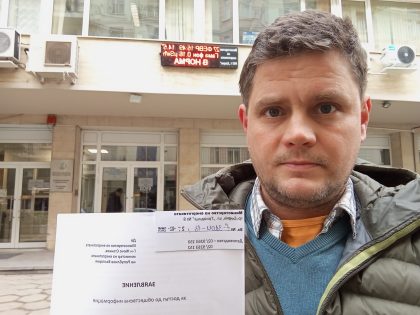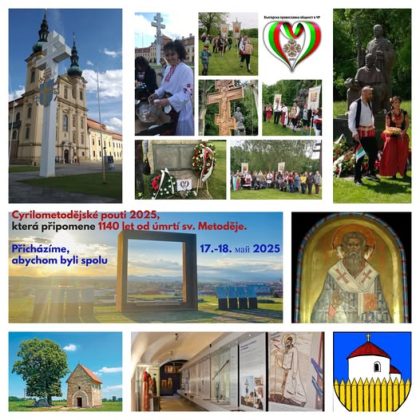Parts of St. John the Baptist‘s relics might have been discovered during archaeological excavations in Bulgaria’s southern Black Sea town of Sozopol, report Bulgarian media.
Archaeologists investigating the Sv. Ivan (St. John) island off Sozopol have found an exquisite reliquary – a relic urn – built in the altar of an ancient church bearing the name ofSt. John the Baptist
The reliquary has the shape of a sarcophagus and is dated end of 4th – beginning of 5th c. AD. It was discovered by the team of Prof. Kazimir Popkonstantinov.
The church‘s name, as well as the fact that it had a special emperor’s statute issued, has hinted to archeologists that it might actually contain St. John’s relics. The urn is expected to be opened Sunday.
St. John the Baptist – called also the Forerunner – is an imposing figure in the Christian New Testament. He was the last to prophecize the coming of Jesus Christ – and the one to baptize the young Jesus in the river Jordan. The great prophet died a martyr’s death beheaded by king Herod at the request of his daughter Salome.
According to the Bible, St. John the Forerunner prophesized about Christ thus: „I indeed baptize you with water unto repentance: but he that cometh after me is mightier than I, whose shoes I am not worthy to bear: he shall baptize you with the Holy Ghost, and fire“ (Matthew 3:11).
St. John the Baptist is especially venerated by the Eastern Orthodox Christian Church. Over the centuries, there have been controversies about where his relics are located.
The town of Sozopol is one of the most ancient on the Bulgarian Black Sea coast, dating from the Bronze age. It was colonized by Greeks, headed by philosopher Anaximander, around 610 BC. Sozopol became an early Christian centre with its own bishop. For most of the Middle Ages, it was part of the Byzantine empire.
http://www.novinite.com/






